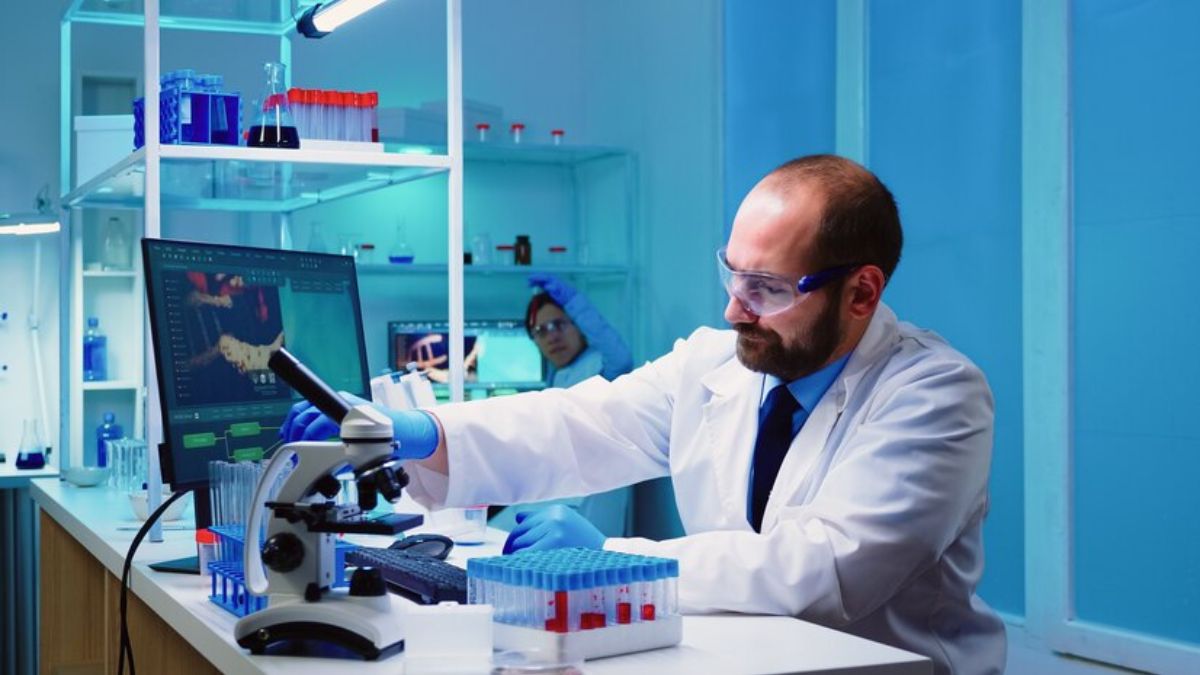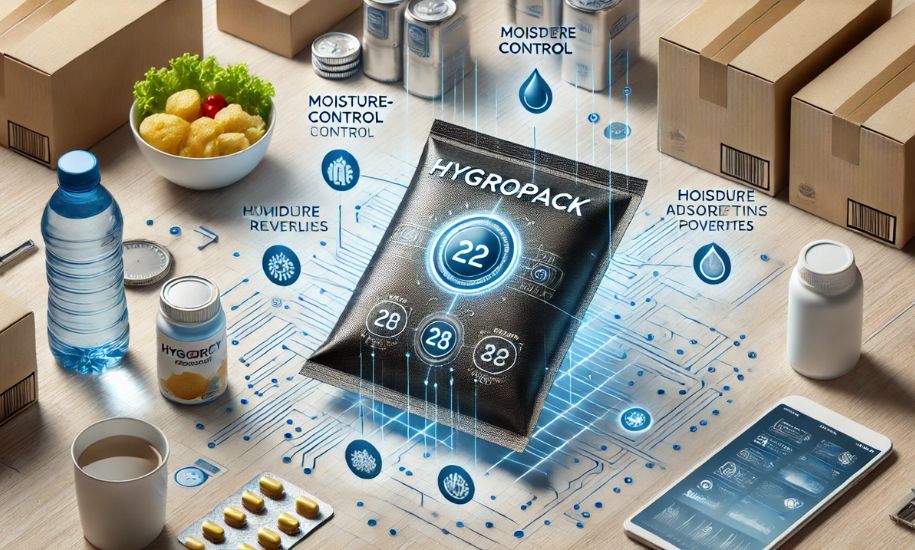Pollaste has become a significant concern in environmental discussions, especially regarding its impact on ecosystems and human health. The term refers broadly to the contamination of natural resources, leading to adverse effects on biodiversity and societal well-being. In this article, we will explore the causes, types, and solutions to pollaste while emphasizing its critical importance in the global environmental agenda.
What is Pollaste?
Pollaste refers to the degradation of the environment due to pollutants introduced by human activities. It encompasses various forms of contamination, including air, water, soil, and noise pollution. Each type of pollaste poses unique threats to ecosystems, public health, and sustainable development.
- Water Pollaste: Occurs when harmful substances, such as chemicals, plastics, or biological waste, enter water bodies.
- Air Pollaste: Involves the release of pollutants like carbon monoxide, nitrogen oxides, and particulate matter into the atmosphere.
- Soil Pollaste: Results from improper disposal of industrial waste, agricultural chemicals, or deforestation.
- Noise Pollaste: Excessive sound levels disrupting human and animal life.
Causes of Pollaste
Pollaste arises from numerous human activities and natural events. Key contributors include:
- Industrial Processes: Factories emitting pollutants into air and water bodies.
- Urbanization: Unplanned urban growth leading to excessive waste generation.
- Agriculture: Overuse of fertilizers and pesticides contaminating soil and water.
- Deforestation: Removing trees exposes soil to erosion and reduces air quality.
- Mining Activities: Disturb natural ecosystems and release toxic substances.
The Effects of Pollaste
The consequences of pollaste are far-reaching and multifaceted. It affects not only the environment but also the health and economy of communities worldwide.
- Environmental Damage: Pollaste disrupts ecosystems, leads to biodiversity loss, and accelerates climate change.
- Public Health: Contaminated water and air cause diseases such as respiratory illnesses, cancer, and developmental disorders.
- Economic Costs: Cleaning up polluted areas and managing health crises require substantial financial resources.
Pollaste in Water: A Growing Concern
Water pollaste is among the most pressing issues. Chemicals, plastics, and untreated sewage entering water sources have dire consequences for marine life and human populations relying on these resources.
Sources of Water Pollaste
- Agricultural runoff containing fertilizers and pesticides.
- Industrial discharge of hazardous chemicals.
- Improper waste management leading to plastic pollution.
Impact on Marine Life
- Coral reefs are bleaching due to pollutants.
- Fish and aquatic species face habitat destruction.
- Microplastics accumulate in marine organisms, affecting the food chain.
Solutions to Mitigate Pollaste
Addressing pollaste requires a collective effort from individuals, industries, and governments. Some effective strategies include:
- Regulation and Policies: Governments must enforce strict pollution control laws.
- Sustainable Practices: Encourage industries to adopt green technologies.
- Reforestation: Planting trees helps absorb carbon dioxide and improves soil quality.
- Public Awareness Campaigns: Educating people about pollaste and sustainable living practices.
How Individuals Can Combat Pollaste
- Reduce Plastic Use: Opt for reusable bags, bottles, and containers.
- Conserve Water: Fix leaks and use water-saving appliances.
- Support Clean Energy: Choose renewable energy sources like solar and wind.
- Volunteer for Cleanups: Participate in local drives to clean up polluted areas.
Technological Solutions to Pollaste
Modern technology offers promising solutions to reduce pollaste. Innovations such as water purification systems, renewable energy technologies, and AI-driven waste management are making a significant impact.
- AI in Waste Management: Advanced systems to sort and recycle waste efficiently.
- Green Infrastructure: Sustainable urban planning reduces environmental strain.
- Renewable Energy: Clean alternatives to fossil fuels minimize air pollaste.
The Future of Pollaste Management
The fight against pollaste is ongoing, with advancements in science and global cooperation providing hope. Climate agreements, renewable energy adoption, and eco-conscious communities are shaping a cleaner future.
FAQs
What is the meaning of pollaste?
Pollaste refers to environmental contamination caused by pollutants, including water, air, soil, and noise pollution.
How does pollaste affect human health?
Pollaste contributes to various health problems, such as respiratory diseases, cancers, and developmental issues due to exposure to contaminated air, water, or soil.
What are the main causes of water pollaste?
Water pollaste is mainly caused by agricultural runoff, industrial discharges, and improper waste disposal, including plastics and untreated sewage.
How can individuals help reduce pollaste?
Individuals can reduce pollaste by conserving water, using renewable energy, participating in cleanup drives, and reducing plastic use.
What role do governments play in combating pollaste?
Governments enforce regulations, fund pollution control technologies, and promote sustainable practices to mitigate pollaste.
Can technology help reduce pollaste?
Yes, technologies like AI-driven waste management systems, water purification solutions, and renewable energy innovations significantly reduce pollaste.
Conclusion
Pollaste remains one of the most critical challenges of our time, threatening ecosystems, public health, and economic stability. However, with concerted efforts from individuals, industries, and governments, it is possible to mitigate its impact. By embracing sustainable practices, enforcing regulations, and leveraging technological solutions, we can ensure a cleaner, healthier planet for future generations.

 Blog4 months ago
Blog4 months ago
 Life style4 months ago
Life style4 months ago
 Tech4 months ago
Tech4 months ago
 Tech4 months ago
Tech4 months ago
 Life style4 months ago
Life style4 months ago
 News4 months ago
News4 months ago
 Tech4 months ago
Tech4 months ago
 Blog4 months ago
Blog4 months ago



